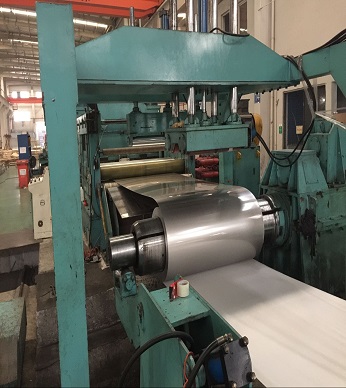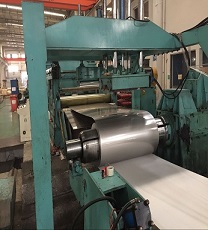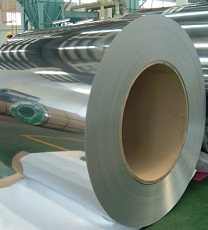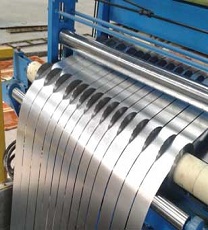The differences of chemical composition for 310/310S stainelss steel
|
Grade |
C (%) |
Si (%) |
Mn (%) |
P (%) |
S (%) |
Cr (%) |
Ni (%) |
N (%) |
Cu (%) |
|
310 |
≤0.25 |
≤1.0 |
≤2.0 |
≤0.03 |
--- |
24.0-26.0 |
19.0-22.0 |
--- |
--- |
|
310S |
≤0.08 |
≤1.0 |
≤2.0 |
≤0.03 |
≤0.03 |
24.0-26.0 |
19.0-22.0 |
--- |
--- |
The differences of Mechanical property for 310/310S stainless steel
|
Grade |
tensile strength Mpa |
Yield Strength Mpa |
Elongation (%) |
rate of reduction in area (%) |
Density (g/cm3) |
|
310 |
≥470 |
≥17 |
≥40 |
≥50 |
7.98 |
|
310S |
≥520 |
≥205 |
≥40 |
≥50 |
7.98 |
The specifications for 310/310S stainless steel
|
Technical |
Thickness |
Width |
Finish |
Origin |
|
Cold rolled |
0.4mm-3.0mm |
Standard width in China:1000mm 1219mm 1500mm Special:can be ordered |
2B / No.4 / HL / BA / Mirror etc |
TISCO / ZPSS etc |
|
Hot rolled |
3.0mm-80.0mm |
Standard width in China:1219mm 1500mm 2000mm Special:can be ordered |
No.1 |
TISCO/ZPSS etc |
Applications for 310/310S stainless steel
310 310S stainless steel is the most common choice of boiler materials. Also widely used in stamping dies, fixtures, tools, gauges, paper cutting knives, tools, petroleum, electronics, chemical, pharmaceutical, textile, food, machinery, construction, nuclear power, aerospace, military and other industries!
Standards for 310/310S stainless steel
|
Grade |
GB/T 1220-2007 |
ASTM |
DIN |
JIS |
KS |
|
310 |
20Cr25Ni20 |
310 |
1.4821 |
SUS310 |
STS310 |
|
310S |
06Cr25Ni20 |
310S |
1.4845 |
SUS310S |
STS310S |
The weight calculation method for 310/310S stainless steel
Weight(KG/PC)=thickness(mm) x width(Meter) x length(Meter) x 7.98
Small knowledge for 310/310S stainless steel
High temperature oxidation resistance for 310/310S material
310 310S stainless steel through the oxidation of chromium to the local oxidation resistance, in the local oxidation of chromium in the process, can form a very stable oxide (Cr2O3 chromium oxide). As long as the chromium content of the metal, the metal surface can form a continuous layer of chromium oxide green, to prevent the formation of other oxides, and to protect the metal. The oxidation resistance of austenitic stainless steel can be calculated by chromium content. High temperature resistant alloy chromium content of at least 20% (weight percent). The use of nickel as a substitute for iron can also provide the properties of alloys at elevated temperatures. 310/310S is a high alloy material, so it has good oxidation resistance.
Heat treatment / annealing for 310/310S material
The main reason for the annealing of these alloys is the formation of a recrystallized fine structure, uniform grain size, decomposition of harmful chromium carbide precipitates.
- *
- *













